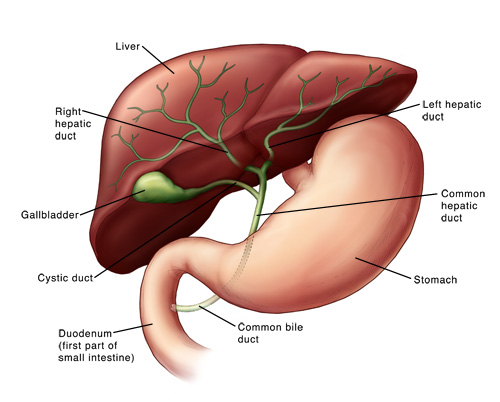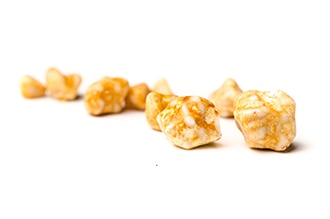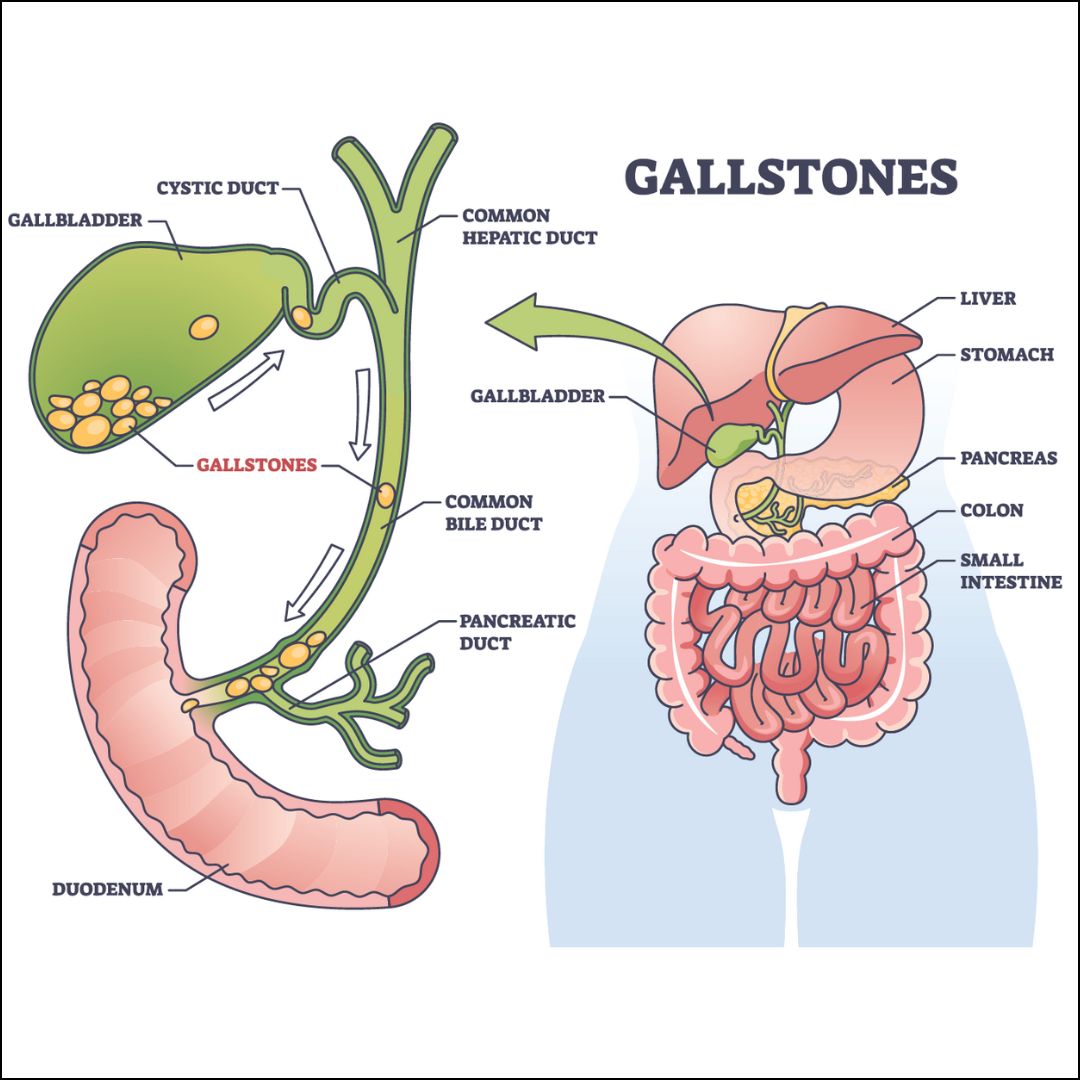What does the gall bladder do? (5 functions)
In this article we will describe what the gall bladder does, and its 5 functions.
The gallbladder is a storage pouch for bile, a digestive fluid produced by the liver. It releases bile into the small intestine to help digest fats. The liver continuously produces bile.
And here are 10 interesting facts about the gallbladder.
1. Functions (5)
- Storing bile. The gallbladder stores bile, a thick liquid made by the liver that helps digest fat
- Concentrating bile. When there’s no fat to digest, most bile stays in the gallbladder and is concentrated
- Releasing bile. When you eat fatty foods, the hormone cholecystokinin signals the gallbladder to release bile into the small intestine to aid in digestion. The more fat you eat, the more bile is released
- Mixing bile with food. Bile mixes with semi-digested food in the small intestine to help break down fat
- Giving faeces a dark brown colour. Bile is excreted from the body in faeces, giving it a dark brown colour.
The gallbladder can concentrate bile up to tenfold, making it more effective for digestion when released.
2. Anatomy
It’s a small, pear-shaped organ located just below the liver, on the right side of the upper abdomen. When full, it can be about 8-10 cm long and 4 cm wide. It usually contains 30-50 ml of bile.

The gallbladder is part of the biliary system, which includes the liver, bile ducts, and pancreas. This system helps transport bile and digestive enzymes into the GI tract.
3. Gallstones
One of the most common problems of the gallbladder is the formation of gallstones.
The are pebble-like objects, and can range in size from grains of sand to golf balls. They can block the flow of bile, and cause pain and other complications (see below). They are more common in women.

The two main types of gallstones are:
- Cholesterol stones
- Pigment stones.
Cholesterol stones are usually yellow-green in colour and are made of mostly hardened cholesterol. In some countries, cholesterol stones make up about 75 percent of gallstones.
Pigment stones are dark in colour and are made of bilirubin. Some people have a mix of both kinds of stones.

Gallstones can cause infection or block the flow of bile (or both) at the sites in this diagram.
Gallstones are common and can sometimes require surgical removal of the gallbladder (cholecystectomy).
However most gallstones do not cause blockages and are painless, and so are called ‘silent’ gallstones. Many middle aged and older people have them, but don’t know it. Silent gallstones usually do not need medical treatment.
4. Diseases of the gallbladder
Gallbladder problems include gallbladder cancer, and infective complications of gallstones – e.g. acute and chronic cholecystitis and obstructive jaundice (due to a gallstone blocking the common bile duct).
5. Symptoms of gallbladder disease
These include right upper quadrant abdominal pain, especially after eating fatty meals, nausea, vomiting, and in severe cases, jaundice (yellowing of the skin or eyes).
6. Cholecystectomy
If someone has severe or recurring gallbladder issues, such as gallstones, they may undergo a cholecystectomy, which is the surgical removal of the gallbladder. People can live without it, as the liver still produces bile.
7. Non-essential organ
You can live without your gallbladder. The gallbladder plays an important but supportive role in digestion, and while its issues can be uncomfortable, it is not essential for survival.
If it’s removed, bile flows directly from the liver to the small intestine, but you might need to watch your fat intake.
8. Rapid weight loss
Losing weight too quickly can increase the risk of developing gallstones.
9. Evolutionary role
The gallbladder was likely more crucial for our hunter-gatherer ancestors who ate large, infrequent meals.
10. Diet
A low-cholesterol and low-fat diet may be beneficial for gallbladder health.
In this way, a diet that’s good for your heart is also good for your gallbladder. This includes healthy fats from sources like nuts, avocados, and fish.
Summary
We have described what the gall bladder does, and its 5 functions. We hope it has been helpful.

